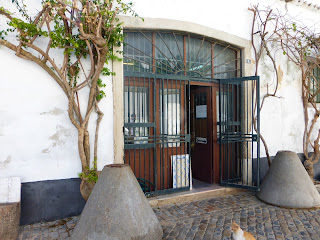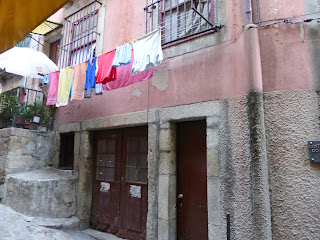
SKATING BY THE SEA
Once a year the Hotel Del Coronado constructs an outside skating rink. It is sandwiched between the Pacific Ocean and the vintage 128-year-old hotel. The setting is superb and it attracts thousands of skaters every holiday season..
This year we decided it was time to attach the double-bladed skates to Mila's tennis shoes, and let her whirl around the rink for the first time. She wore her winter jacket, warm hat, and mittens that are rarely needed in San Diego. The two and 1/2 year old Mila was content to skate the entire session on this mild winter evening with just a few short cookie breaks. She seemed to be enjoying herself, despite the fact that she clutched her mother's hand for dear life the entire time.
It didn't take long for Mila to observe that her skates were not as cool as the others—she asked for a different pair. I think she was eyeing her mother's white leather skates with the shiny silver blades.
When we left the rink, she announced that she was a good skater. Is it just possible she will follow in her mother's footsteps and become a competitive skater? If she does, she can say that she started skating at two and 1/2, which is well documented by the dozens of photos and videos that her father took that day.
I wrote a post about my skating excursion to the Hotel Del Coronado three years ago, it almost seems
like yesterday—time goes too fast. There have been a few changes
since then: the cost has increased to $25; there is no reduction if
you bring your own skates; and the sessions are a half-hour shorter.
However, the holiday music, twinkling white lights, and comfortable
temperatures still prevail. Most importantly, I now have a granddaughter to share the experience with.

















































